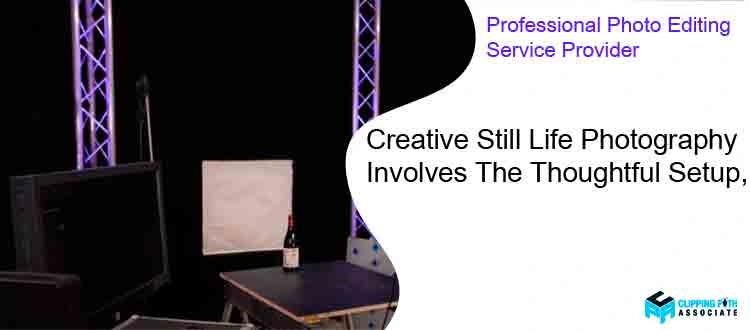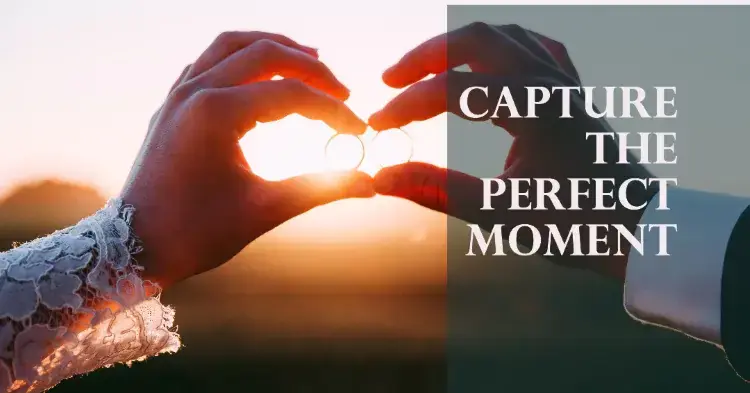Theodore Lowe, Ap #867-859
Sit Rd, Azusa New York
Find us here
Composition and Lighting Techniques for Creative Still Life Photography

When it comes to creative still life photography, mastering composition and lighting techniques is essential for capturing visually striking and captivating images. Understanding composition principles, experimenting with different angles and perspectives, and exploring creative lighting techniques are key factors that can elevate your still life photography to a whole new level. In this article, we will delve into these aspects in detail to help you achieve stunning results in your creative still life photography.
Understanding Composition Principles
Composition plays a vital role in creating visually appealing still life photographs. By understanding and applying composition principles effectively, you can bring a sense of balance, harmony, and interest to your images. Some important composition principles to keep in mind include:
- Rule of Thirds:
 The rule of thirds involves mentally dividing your image into a 3x3 grid and placing your main subject along the intersecting lines. This technique adds visual interest and creates a natural flow within your photographs.
The rule of thirds involves mentally dividing your image into a 3x3 grid and placing your main subject along the intersecting lines. This technique adds visual interest and creates a natural flow within your photographs.
- Leading Lines:

Utilizing leading lines, such as a pathway or a winding road, can guide the viewer's eyes towards the main subject and add depth to your still life compositions.
- Negative Space:

Incorporating negative space, the empty areas around your subject, enhances the focus on the main subject and adds a sense of simplicity and minimalism to your images.
- Balance:

Creating a harmonious balance between different elements in your composition helps maintain visual equilibrium and prevents your images from appearing cluttered.
Using Different Angles and Perspectives
Exploring different angles and perspectives can bring a fresh and unique dimension to your still life photographs. By breaking away from traditional viewpoints and experimenting with unconventional angles, you can add intrigue and drama to your images. Some angles and perspectives to consider include:
- Overhead View: Shooting from above can provide an interesting bird's eye perspective, often revealing patterns, textures, and intricate details that may go unnoticed from other angles.
- Low Angle: Shooting from a low angle can create a sense of grandeur and emphasize the size and scale of your subjects.
- Side Angle: Shooting from the side can highlight the shape, form, and dimensions of your subjects, adding depth and visual interest to your compositions.
- Close-up/Macro: Getting up close and personal with your subjects can reveal intricate details and textures, creating an intimate and captivating visual experience.
Exploring Creative Lighting Techniques
The lighting in still life photography plays a crucial role in setting the mood, emphasizing details, and creating a specific atmosphere. By exploring creative lighting techniques, you can enhance the visual impact of your images. Some lighting techniques to experiment with include:
|
Technique |
Description |
|
Rembrandt Lighting |
A technique that creates a small triangular highlight on the subject's face, emphasizing the shape and form. |
|
Backlighting |
Placing the light source behind the subject, which creates a halo effect and adds depth and dimension to your images. |
|
Side Lighting |
Illuminating the subject from one side, casting beautiful shadows, and enhancing textures and contours. |
|
Diffused Lighting |
Softening the light source with diffusers or natural materials, resulting in a gentle and even illumination without harsh shadows. |
By utilizing these compositions and lighting techniques, your creative still life photography will undoubtedly stand out, captivating viewers and showcasing your artistic vision. So, grab your camera, experiment, and unleash your creativity to capture breathtaking still life images.
Frequently Asked Questions for Creative Still Life Photography (arrangement Of Studio, Composition & Lighting)
How Do You Set The Lighting In The Studio In Still Life?
Set the lighting in the studio for still life by following these steps: 1. Use soft lighting to reduce harsh shadows. 2. Position the light source at a 45-degree angle to the subject. 3. Use diffusers or reflectors to further control the light.4. Adjust the intensity and direction of the light as needed. 5. Experiment with different lighting setups to achieve desired effects.
How Do You Arrange Still Life Photography?
To arrange still life photography, follow these guidelines: 1. Choose a compelling subject and background. 2. Use natural or artificial lighting to enhance the composition. 3. Experiment with different angles and perspectives to create visual interest. 4. Arrange the objects in a balanced and visually appealing way. 5. Pay attention to details like colors, textures, and props to add depth and storytelling to your composition.
What Is Creative Still Life Photography?
Creative still life photography is a form of art that captures inanimate objects using unique compositions and lighting techniques. It allows photographers to showcase their creativity and create visually captivating images.
What Is Still Life Composition Photography?
Still life composition photography is the art of capturing carefully arranged objects in a way that creates visually pleasing and balanced images. It focuses on inanimate subjects like food, flowers, or everyday items. It requires precise placement, lighting, and composition to create striking compositions.
Conclusion
Creative still life photography is an art form that requires careful attention to studio arrangement, composition, and lighting. By skillfully arranging objects and utilizing different lighting techniques, photographers can create visually stunning and captivating images. From capturing the delicate details of flowers to showcasing the beauty of everyday objects, still life photography allows for boundless creativity and artistic expression. So, go ahead and explore the world of still life photography and let your imagination run wild!
Related blog posts
26 Tips for Outstanding Wedding Photography
Dive into this article to learn tips for capturing wonderful wedding memories through photography.

Complete Hat Photography Guide for Beginners: Start Snapping!
Capturing the perfect shot of a hat might seem simple, but there's a lot more to it than meets the eye. Whether you're an aspiring fashion photographer or just someone with a passion for hats, understanding the nuances of hat photography can elevate your skills to new heights.


